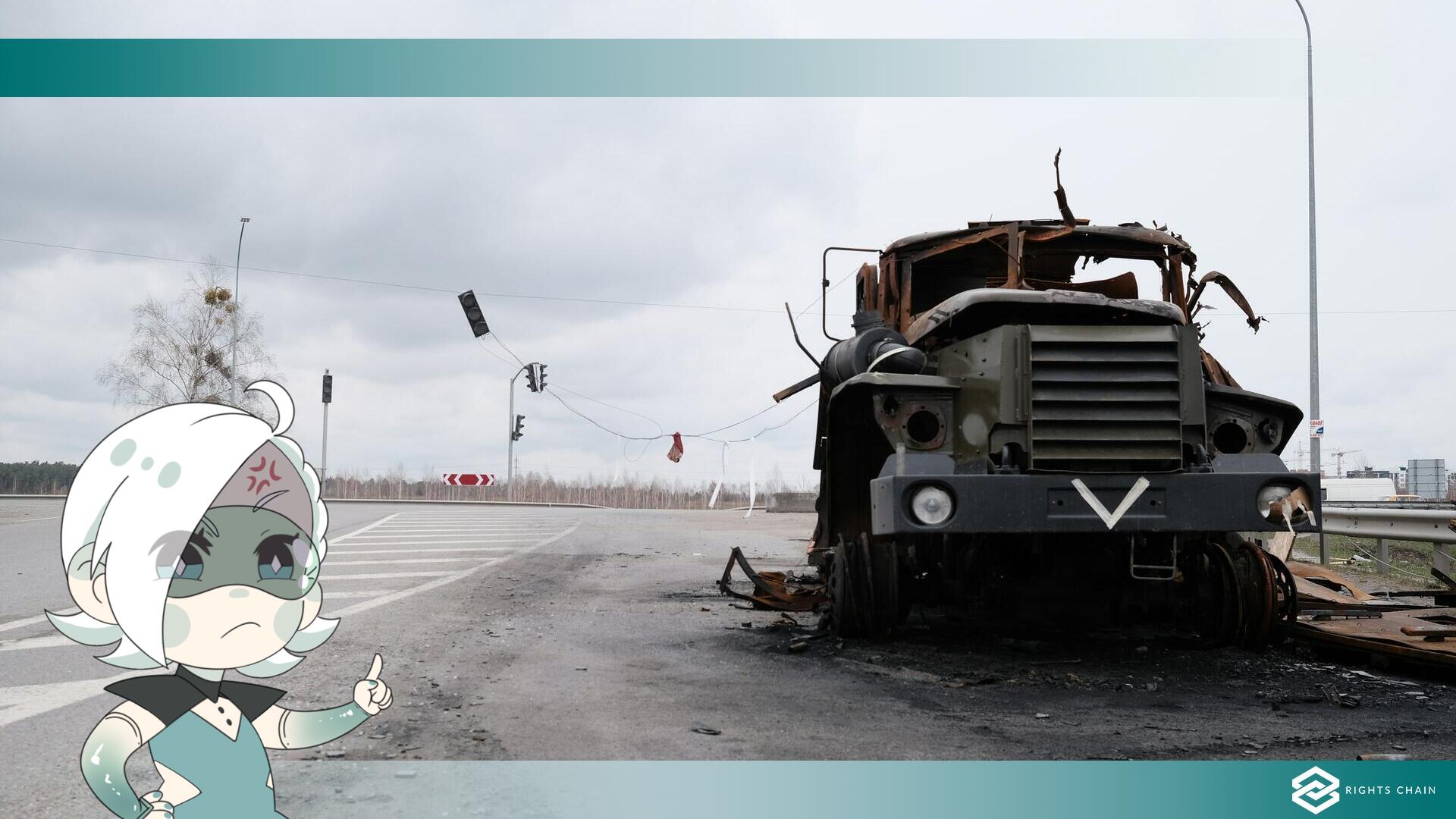How terrorist groups are leveraging AI to recruit and finance their operations.
Recruitment for the world's largest terrorist groups now takes place via electronic means, using digital channels that aim to target their victims directly, placing them in disadvantageous and complex situations, and then offering themselves as a way out. The most popular social media platforms in 2025 are also used daily by these criminal organizations, whether to recruit people, exchange cryptocurrencies, download 3D models for weapons, or issue orders to their operators.
Since the rise of artificial intelligence, the entire online landscape has become increasingly complex to navigate, concealing the activities of these groups behind layers and layers of virtual exchanges. Faced with this worrying development, counter-terrorism authorities are in turmoil, searching for effective methods to subvert these activities.
As an extremely powerful resource, artificial intelligence is increasingly proving to be a fundamental tool for the organization of these groups' activities, making the entire process even faster and, consequently, more complex to stop.
